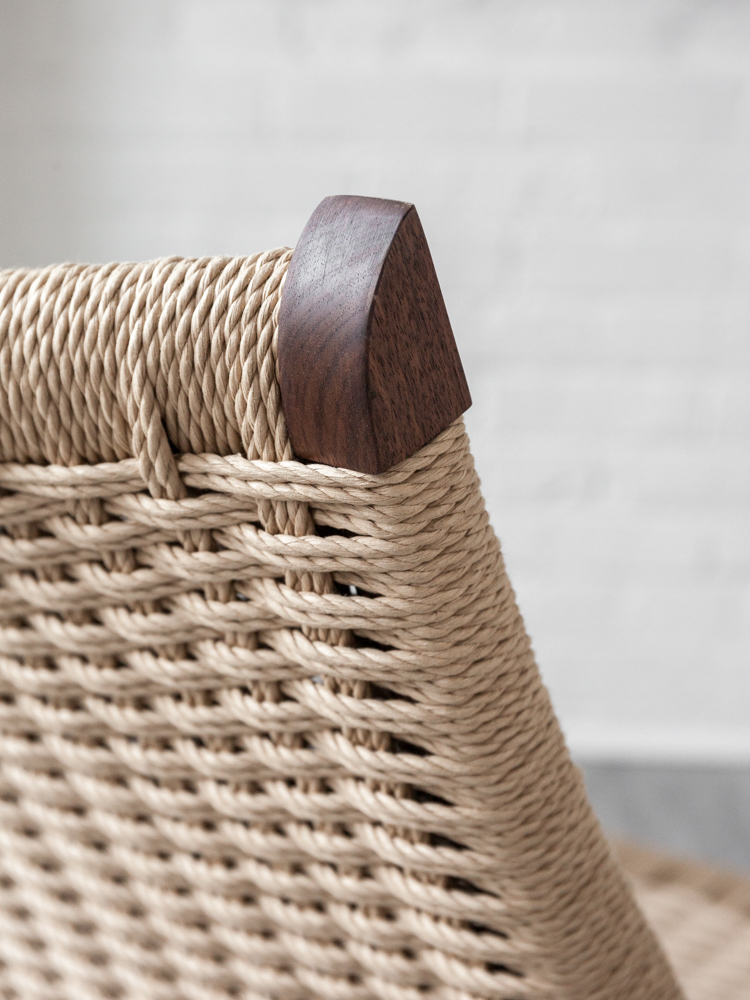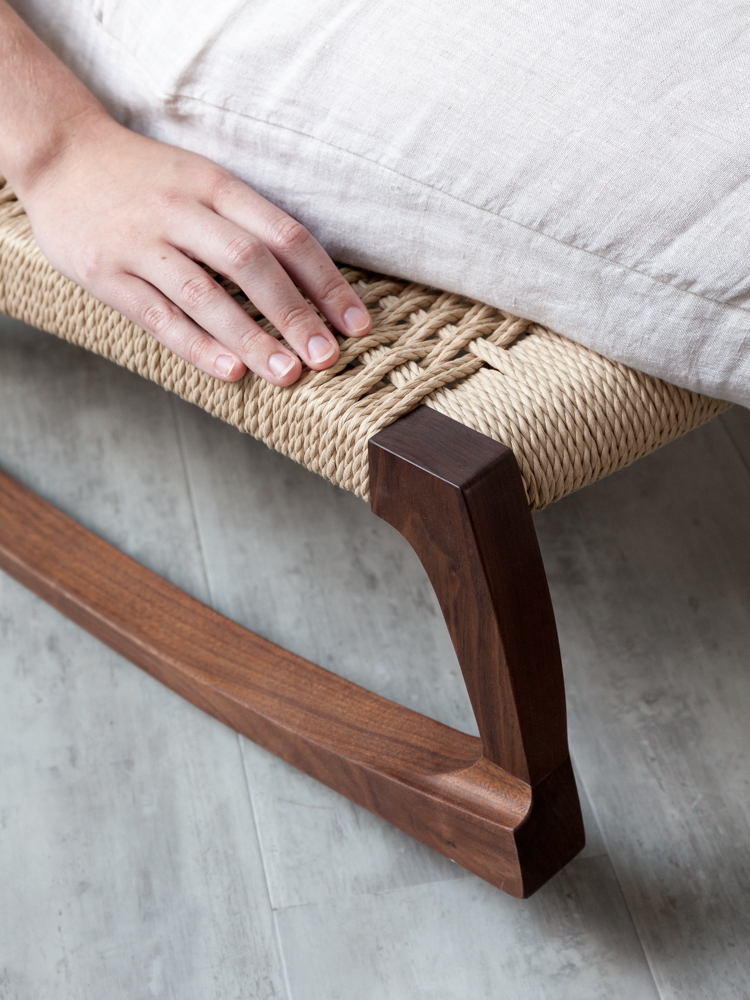Slow Motion: The Making of Our Yuragi Rocking Chair
Famed architect Le Corbusier said it best when he declared: “Chairs are architecture, sofas are bourgeois.” For performing such a simple function, chairs require an extensive amount of technical and engineering knowledge, not to mention a high level of precision craftsmanship. The perfect chair will have all three, without skimping (and especially not overdosing) on aesthetics. Furniture has always been a passion project of ours (one of our founders grew up in his father’s furniture store, after all), so we’re especially pleased to announce our first venture into the field. Introducing the Yuragi Rocking Chair: a handmade rocking chair that combines traditional Japanese furniture models with modern Danish influences. Made by hand by Harumi Fine Craft, it represents the highest level of Japanese craftsmanship from the hands of skilled Okayama furniture makers.
Here are five things you should know about the Yuragi Rocking Chair.
1. It was created by Harumi Fine Craft, a furniture studio founded by craftsman Harumi Moriya. Harumi’s founding ethos embodies monozukuri, a manufacturing philosophy that literally translates to “the process of making or creation”. Monozukuri represents the craftsman’s spirit to produce excellent products, as well as his or her ability to constantly improve upon their creative process. It’s the spirit that buoys great design forward, reinventing traditional styles without losing those same timeless techniques.
2. The Yuragi chair is a modern take on the traditional Japanese zaisu chair, a type of floor chair commonly found in Japanese households with tatami flooring. Most Japanese families eat on a low table directly on the floor and kneel throughout the duration of the meal. A zaisu solves this problem by removing the elevated legs that we’re used to seeing on normal chairs and paring the standard chair design down to just the flat seat and back. Traditional zaisu chairs come in many styles and can be used with a zabuton, a traditional flat Japanese cushion, for increased comfort. The Yuragi Chair takes this model and adds two low horizontal legs, keeping the chair close to the floor but adding a rocking feature for comfortable reclining.
3. Though the chair’s design origin is undisputably Japanese, its detailing has some Danish midcentury modern influences. The chair’s back is tightly wrapped in paper cords with a technique known as “caning”. Caning consists of many established weaving styles and is a tell-tale sign of furnishings of the highest quality. The style used on this chair is commonly known as the “Danish Style” and was pioneered by Danish designer Hans Wegner.
4. Beyond looking stylish, this chair is ergonomically designed to support the human body. The elastic curve of the wooden frame mirrors that of a human back, which, when combined with the cord caning, provides an ideal 3-dimensional support for your body. The wooden leg frame is always in contact with the floor, minimizing damage to tatami or other flooring. Though it’s constructed low and its legs stay close to the floor at 22 cm high, it's actually quite easy to recline and bend your legs forward with minimal weight on the knees.
5. There are no screws, nails, or fastenings involved in the making of this rocking chair. From framework to cord-wrapping, every piece of this chair is precisely assembled and joined together by hand.
WORDS BY MAGALI ROMAN





